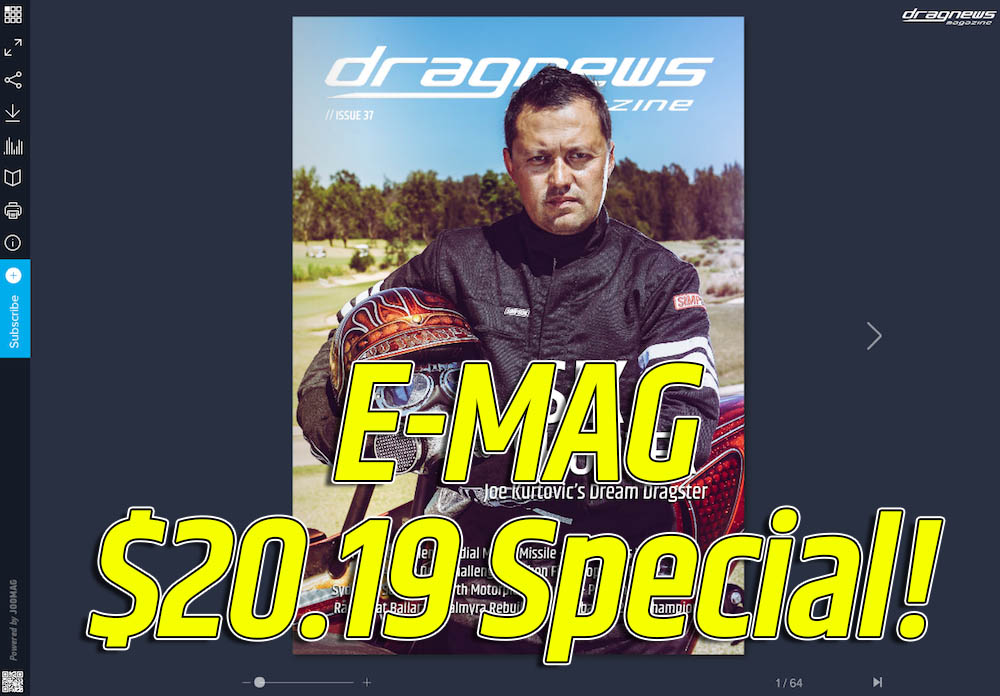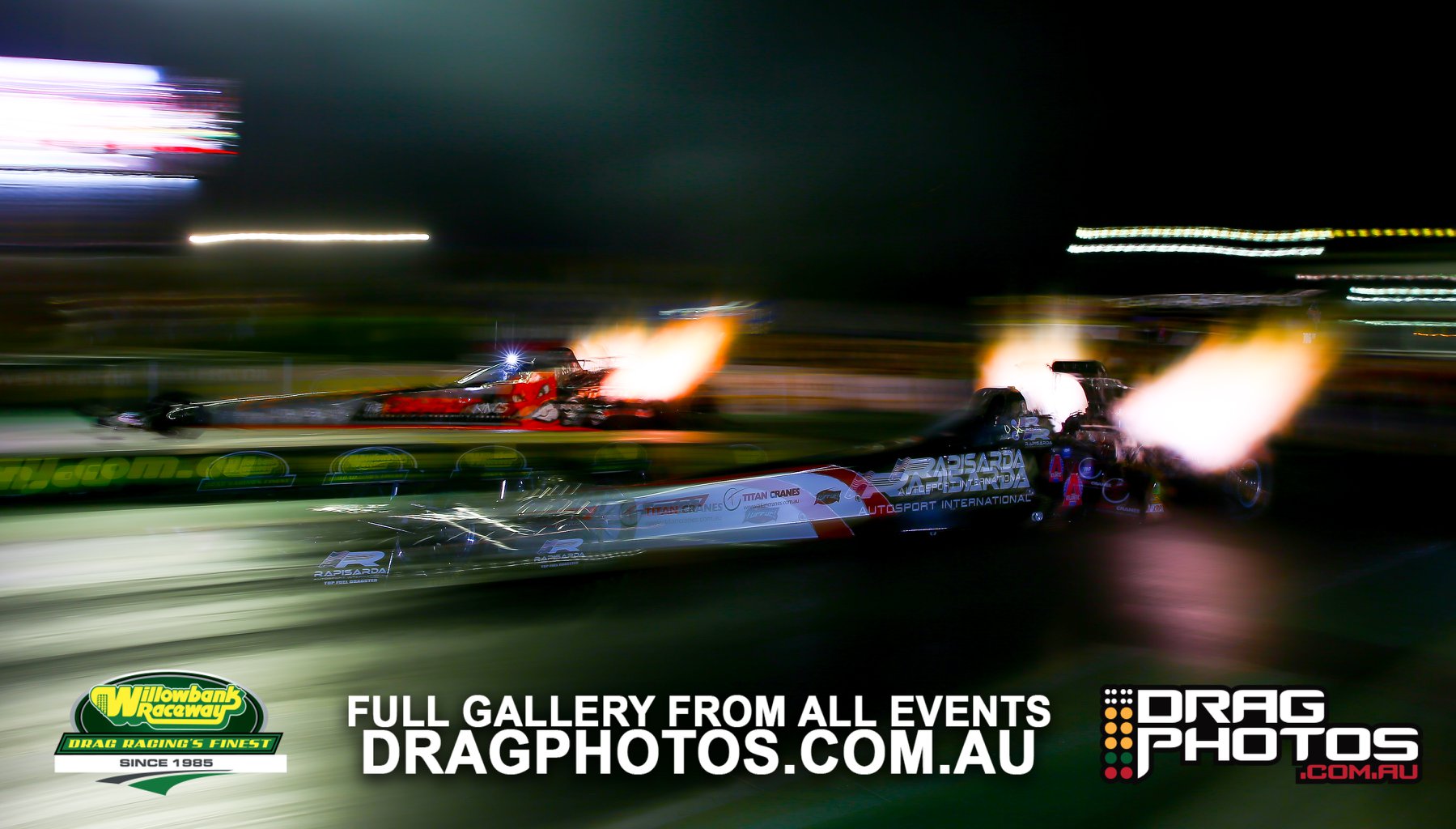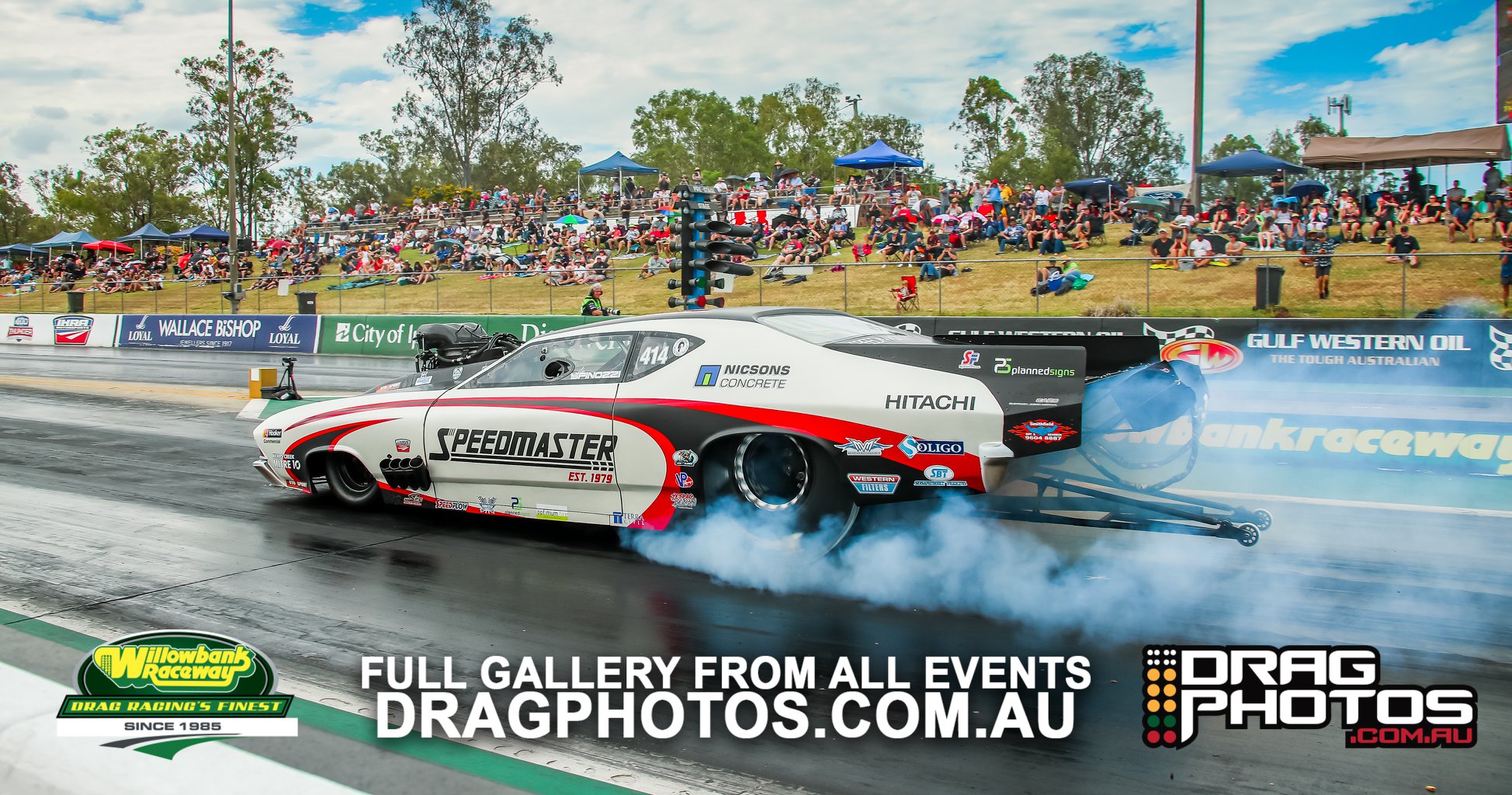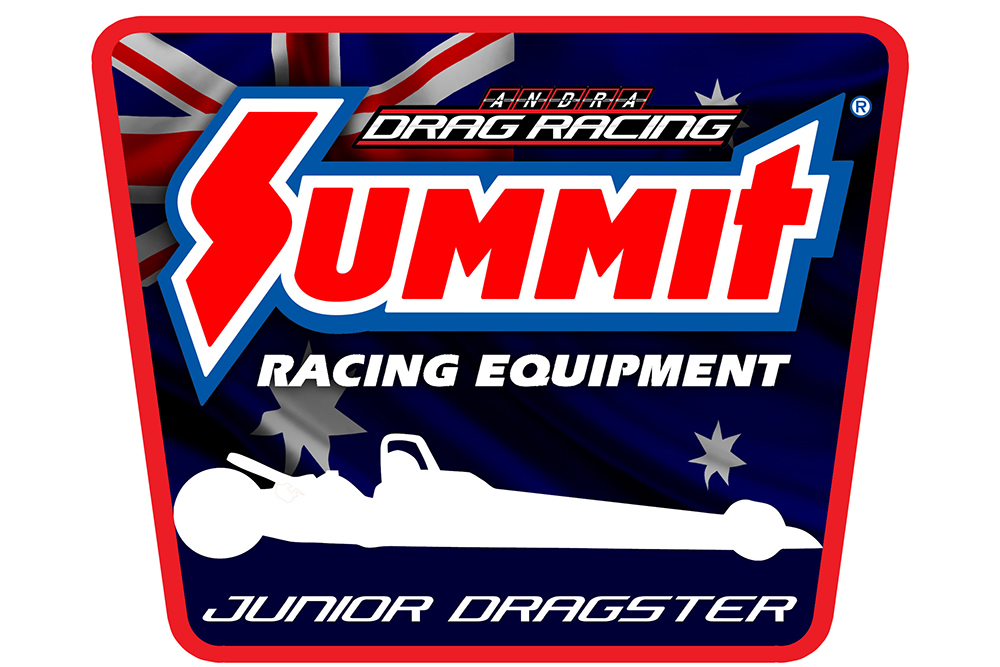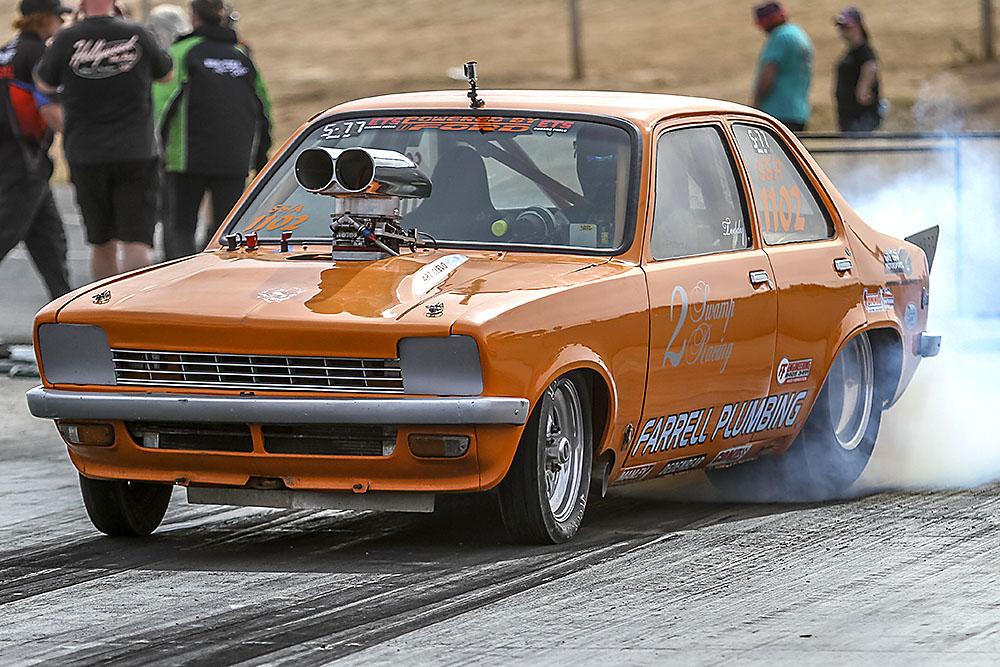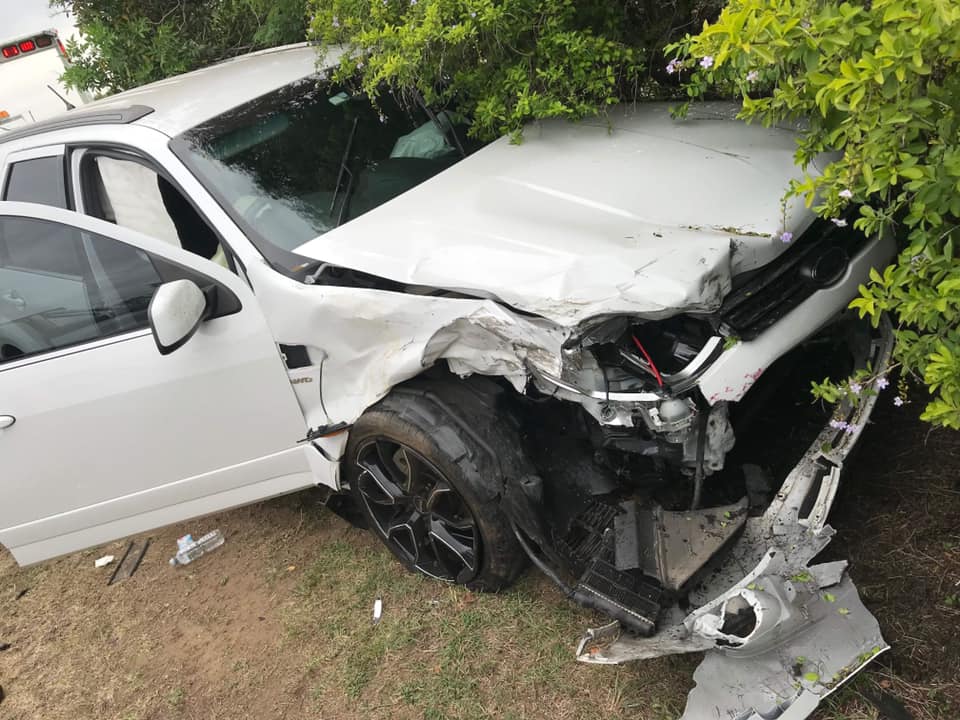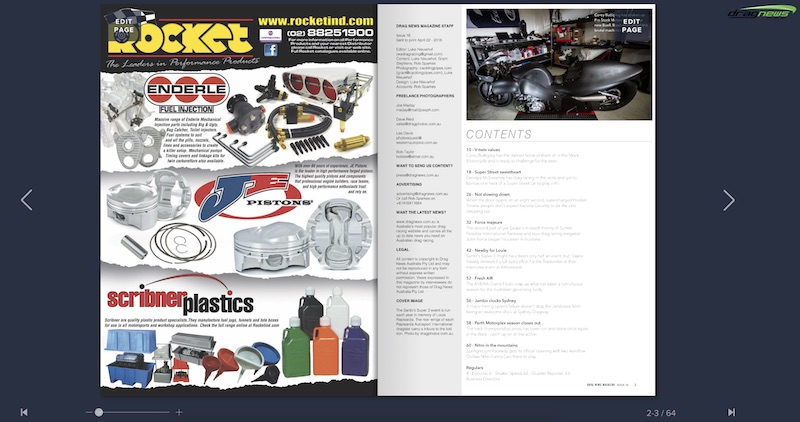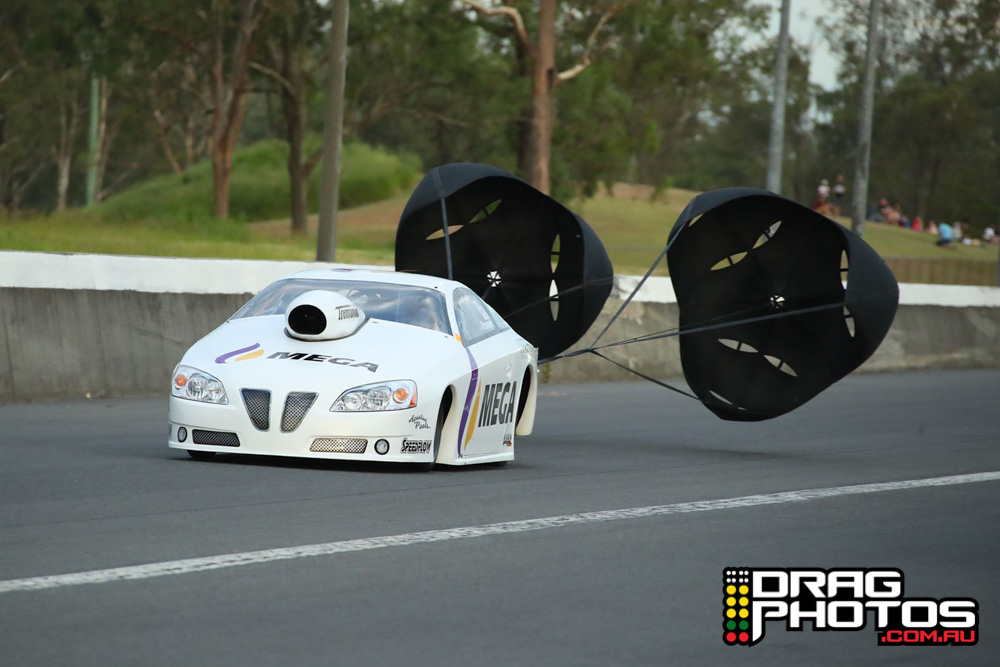Emilio and Adamo Spinozzi have moved to fifth place in the 400 Thunder Pro Slammer Championship following two wins from three rounds at Willowbank Raceway on Saturday. While Emilio is the first to admit luck has played a part in being in the top five after three championship rounds, he said the team has been making sure the Speedmaster Chevelle is prepared to make the start line for every round. “There’s the old saying ‘to finish first, first you must finish’ and the hard work of the Speedmaster team allows us to be out there for every round,” he said. “We’ve had our fair share of luck on side this season, but we’ve also been reasonably consistent and made sure we are on that start line without fail. You can’t take advantage of opponents slipping up if you aren’t there.” The Speedmaster Chevelle’s first challenge at Willowbank’s New Years Thunder event was Queensland’s Russell Pavey, but the team caught an early break when Pavey left a red light on the tree, while Spinozzi had to battle tyre shake. “I didn’t see Russell’s red light at first, so I was on and off the throttle thinking I had to chase him down,” Spinozzi said. The next round delivered more fortune against legendary driver John Zappia. Zappia crossed the centre line which saw an automatic win for Spinozzi. “I saw John coming over so I got off the throttle for a bit, and then back into it once I saw he had his car under control.” Two wins up, Spinozzi made it to the B Final for the event, taking on Sam Fenech. There the Speedmaster Chevelle made one of its best launches yet, but got loose shortly after half track. “Sam was out in front and it didn’t look like we could chase him down, so with the car getting skatey it was the right choice to take my foot off the throttle and live to fight another day,” Spinozzi said. “We weren’t disappointed at all though. Two win lights and we moved to fifth place in the points. We know that’s a position we are going to have to defend vigorously for the remaining half of the season.” While there were highlights for Spinozzi, there were some lowlights for the class with racers Andrew Searle and Kelvin Lyle having some big accidents. “We never like to see our fellow racers damaging their cars or themselves. We’d like to pass on our best wishes to both Andrew and Kelvin and hope to see them back on the track soon,” Spinozzi said. Spinozzi Racing crew chief Mick Marriott said the team tested a more aggressive set up in the pursuit of quick times, but had to give full credit for the team for learning an entirely new race car. “The racing is almost the last part of it,” he said. “The engine preparation, car preparation and turn around is all done at our workshop, and the fact we are doing that all in-house has been just as big a learning curve.” The team now heads for Sydney Dragway for the next round of the championship, Santo’s Summer Thunder on January 18 and 19. Spinozzi thanked team sponsors Speedmaster, Hitachi Construction Machinery, Nicsons Concrete, Torco Oils, LJ Hooker Commercial Macarthur, Soligo Concrete, Sloanebuilt Trailers, Pasta Italia, Optimum Fire, Planned Signs, Kemps Creek Mitre 10, Western Filters, Speedflow, Al’s Race Glides, Smithfield Diff and Gearbox, Race Teknix and Corfield Media Solutions for their continued support. – Spinozzi Racing Media Release
